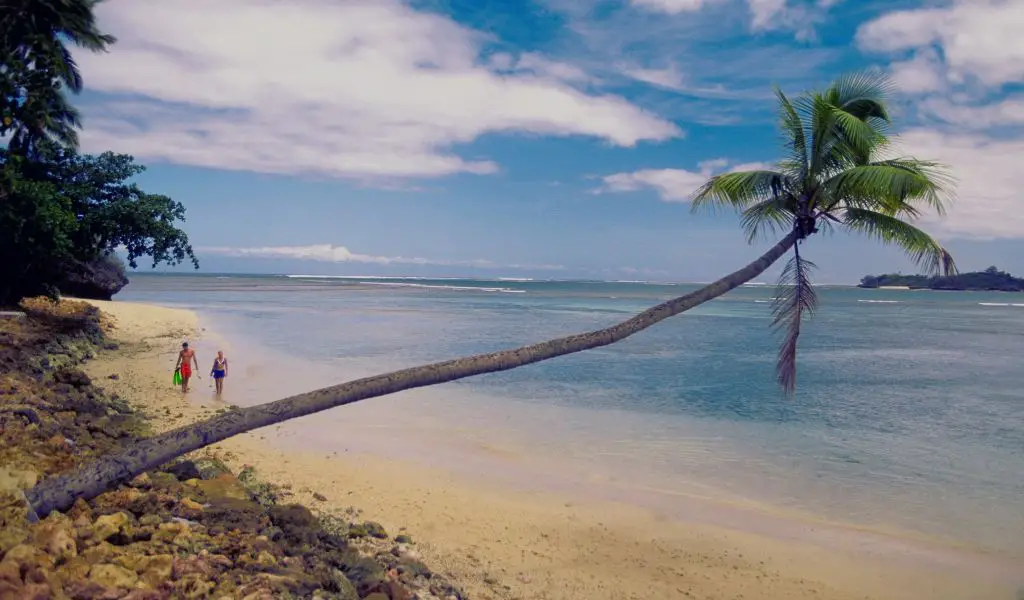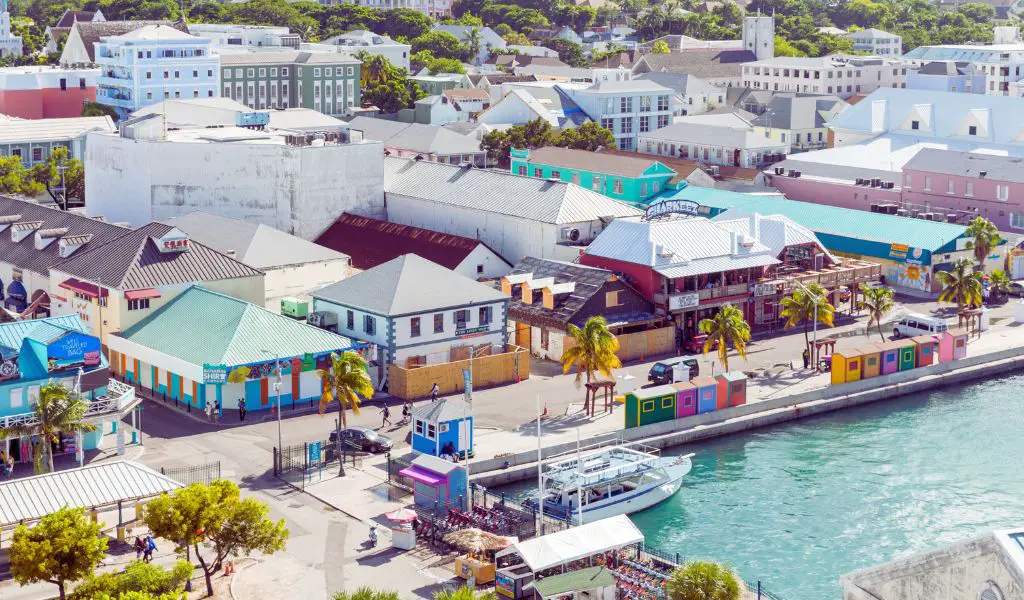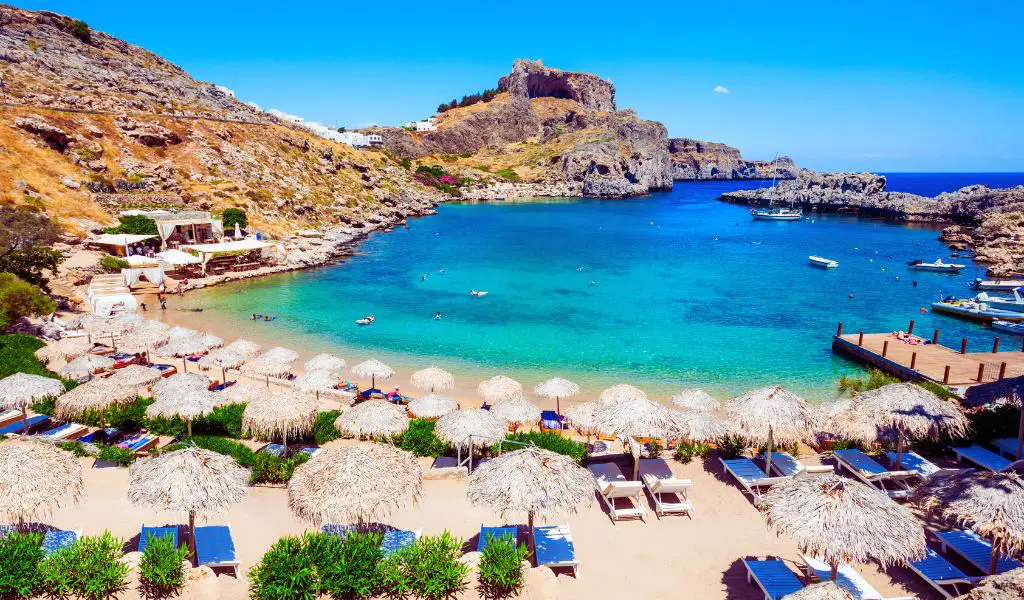Viti Levu, the largest island in the Fiji archipelago, is often the first stop for travelers venturing into this Pacific paradise. As the economic and political hub of Fiji, Viti Levu seamlessly blends the vibrancy of city life with the tranquility of nature, offering visitors a holistic Fijian experience.
Geography
Geographically, Viti Levu is a tapestry of landscapes.
From its mountainous interior dominated by the majestic Tomanivi Mountain to its expansive coastal plains and coral coast, the island promises diverse natural wonders.
The Rewa River, Fiji’s longest river, meanders through the island, providing a vital waterway and nurturing the lush greenery that Viti Levu is known for.
History
Historically, Viti Levu has been the epicenter of Fijian civilization and culture.
The island has witnessed the ebb and flow of various indigenous tribes, European explorers, and traders, each leaving an indelible mark on its cultural fabric.
This rich history is evident in the island’s architecture, traditions, and festivals.
Attractions
Notable attractions on Viti Levu include the Colo-i-Suva Forest Park, a rainforest reserve with natural pools and hiking trails, and the Sri Siva Subramaniya Temple, a testament to the island’s Indian heritage.
Activities
Popular activities on Viti Levu cater to both adventure seekers and those in search of relaxation.
Whether it’s diving into the azure waters of the Pacific, exploring the bustling markets of Suva, or simply lounging on the golden sands of its beaches, Viti Levu offers something for every traveler.
Population
Viti Levu is home to the majority of Fiji’s population, with significant urban centers like Suva and Nadi located on the island.
When to Go
The ideal time to visit Viti Levu is during the dry season, which runs from May to October. During these months, the weather is pleasant, and there’s less rainfall.
How to Get There
Nadi International Airport, located on Viti Levu, is the primary gateway to Fiji. It’s well-connected with major cities across the globe.
Highlights
Colo-i-Suva Forest Park: A lush rainforest reserve perfect for hiking and nature walks.
Sri Siva Subramaniya Temple: A vibrant Hindu temple reflecting Fiji’s Indian heritage.
Coral Coast: A stunning stretch of coastline known for its coral reefs and clear waters.
Sigatoka Sand Dunes National Park: A unique landscape of shifting sand dunes with archaeological significance.
What You Should Know
Currency: Fijian Dollar (FJD).
Language: English, Fijian, and Fiji Hindi.
Safety: Viti Levu is generally safe for travelers, but it’s advisable to exercise caution in urban areas, especially after dark.
FAQs about Viti Levu Island
Are there accommodations available on Viti Levu?
Yes, Viti Levu offers a wide range of accommodations, from luxury resorts to budget-friendly hostels and traditional Fijian bure lodges.
Is Viti Levu suitable for family vacations?
Absolutely! Viti Levu is family-friendly, with numerous activities and attractions catering to visitors of all ages.
What local delicacies should I try on Viti Levu?
Don’t miss out on trying “kokoda,” a Fijian ceviche made with raw fish marinated in coconut cream and lime juice, and “lovo,” a traditional feast cooked in an earth oven.





